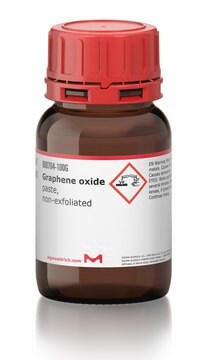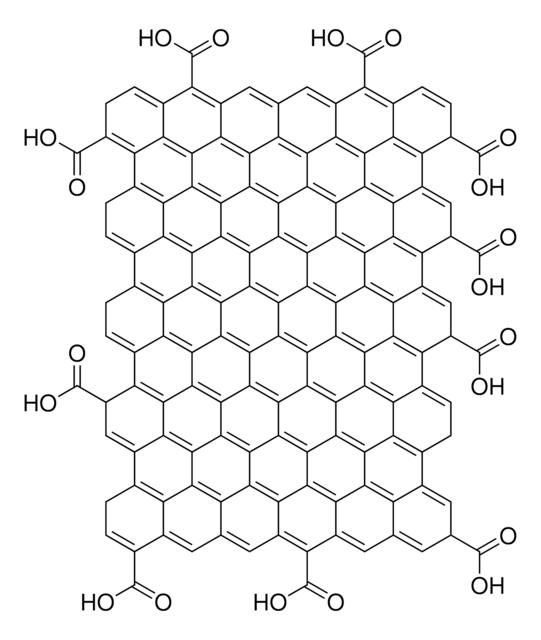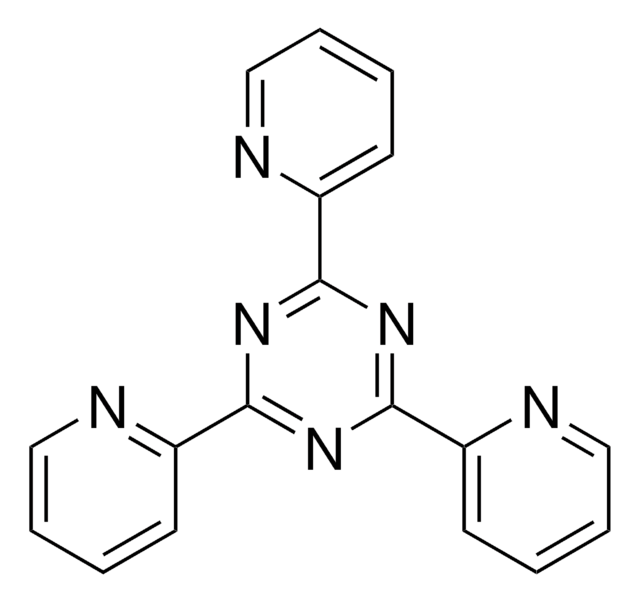SML0769
Cu-ATSM
≥98% (HPLC)
Synonim(y):
CuII(ATSM), Diacetylbis(N(4)-methylthiosemicarbazonato) copper(II), [[2,2′-(1,2-Dimethyl-1,2-ethanediylidene)bis[N-methylhydrazinecarbothioamidato]]] copper
About This Item
Polecane produkty
Poziom jakości
Próba
≥98% (HPLC)
Postać
powder
kolor
, brown to dark red-brown
rozpuszczalność
DMSO: 0.5 mg/mL, clear (warmed)
temp. przechowywania
2-8°C
Działania biochem./fizjol.
Kod klasy składowania
11 - Combustible Solids
Klasa zagrożenia wodnego (WGK)
WGK 3
Temperatura zapłonu (°F)
Not applicable
Temperatura zapłonu (°C)
Not applicable
Certyfikaty analizy (CoA)
Poszukaj Certyfikaty analizy (CoA), wpisując numer partii/serii produktów. Numery serii i partii można znaleźć na etykiecie produktu po słowach „seria” lub „partia”.
Masz już ten produkt?
Dokumenty związane z niedawno zakupionymi produktami zostały zamieszczone w Bibliotece dokumentów.
Nasz zespół naukowców ma doświadczenie we wszystkich obszarach badań, w tym w naukach przyrodniczych, materiałoznawstwie, syntezie chemicznej, chromatografii, analityce i wielu innych dziedzinach.
Skontaktuj się z zespołem ds. pomocy technicznej



